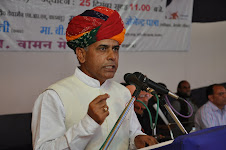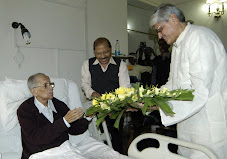Is it still Rape when no one is Looking?

How we react to, and report on, rape cases in India reveals that we are still beholden to the parochial structures that cause them in the first place
Lily Tekseng Delhi
In the wake of the Badaun gang rape case, various sections of society across the country and the world have expressed alarm at the "rape crisis" in the country. The incident brings a feeling of déjà vu when in the aftermath of the December 2012 gang rape of a young student in Delhi, the country and the world protested unanimously against the various structures of society that created such criminals and allowed such crimes to occur with impunity.
After that incident, it was the rape of a young photographer in Mumbai that turned the spotlight back on the issue. It was revealing that the public expressions of agitation and protest were loudest when the victim was situated in the urban-middle-class bracket. But when countless number of women across the country are met with a similar fate, the public scrutiny isn't that strong, and in many cases, the incident barely even registers in the media. This is especially so if the victim is outside of the urban-middle-class bracket. Therefore, it took the shockingly dehumanising photograph of the two Dalit girls hanging from a tree to stir the collective consciousness of the country to realise that there are countless others in the country who cannot escape a destiny of being at the receiving end ofbrutal violence.
It will be a while before there is an intelligent consensus on what is considered and understood as crimes against women, especially one that legitimately recognises that the degree of gruesomeness does not have to be the only defining feature of gendered crimes. In fact, even the epithet "rape crisis" implies that the recent incidents are out of the norm. That India has been bitten by the rape bug only suddenly or recently is misleading, and largely, the selective and sensational coverage by the media is responsible for this. By and large, the social structures of diverse communities across the country exhibit tendencies towards gender-based discrimination, and espouse a way of life and mode of thinking that sanctions crimes against women to occur with societal legitimacy and subsequent judicial impunity. There are problems of interpreting the rape statistics, i.e., the percentage of reported rape cases is not directly proportional to the real number of incidents of rapes in the country. Often, it indicates that the taboo and stigma against reporting rape is diminishing and that there is greater awareness in the society against gender-based crimes. It is, therefore, impossible to say with certainty if there has been a sharp, "rape-crisis" kind of rise in the incidents of rape and violence against women in the country. However, by suggesting that the "rape crisis" is of now, of this very moment, we steer the conversation away from the deep-rooted tradition and take a pan-Indian worldview, so to speak, that only goes as far back as we can collectively remember and perceives women as inherently inferior.





































No comments:
Post a Comment